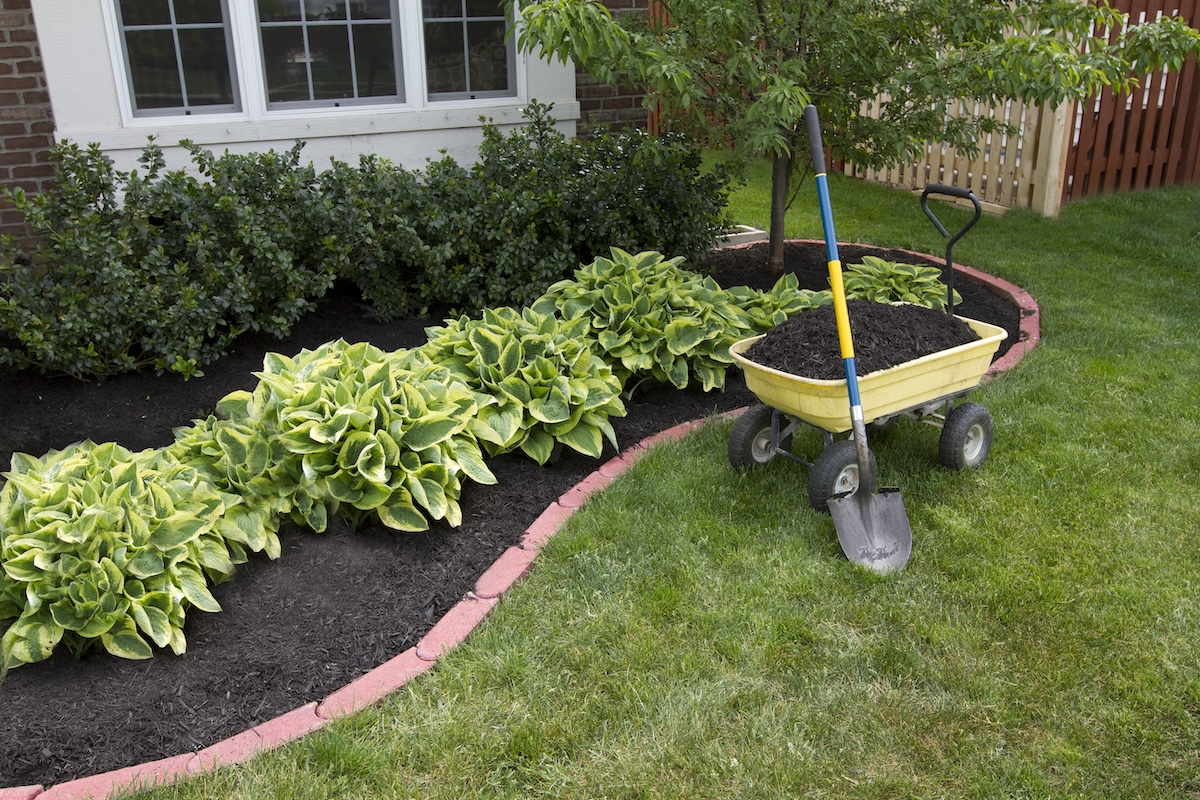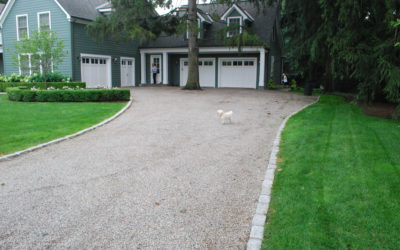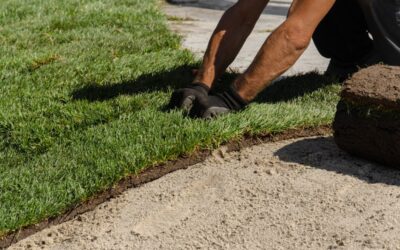The right topsoil is a key factor in having a bountiful garden or beautiful landscape. While there are six main types of topsoil, not all of them are great for gardening. For example, too much clay in the soil is bad for a garden, but great for growing trees. And, while azaleas thrive in low-PH soils like peat, the same soil could harm corn and asparagus.
That’s why it’s important to know before you grow, as the best garden topsoil is paramount to getting a bountiful harvest all season long.

Read on to learn more about the best garden topsoil for your yard and tips for continuous care.
And the Best Garden Topsoil Is…
Loam! Loamy soil is a type of topsoil that blends sand, silt, and clay together to create an ideal texture and the ingredients for perfect plant growth.
Loam:
- Retains moisture. Loam retains water long enough to feed the plant root, draining long before root rot can set in.
- Enables quick-spreading roots. Loam’s composition allows for plant roots to spread fast throughout the soil.
- Drains well. A good loamy soil drains well, allowing air to freely circulate around plant roots, which helps protect them from disease.
- Is high in nutrients. Loam contains key plant nutrients like phosphorus, potassium, and nitrogen. Organic matter available in the soil also contributes additional nutrients that plants need to thrive.
- Is easy to work with. The loose composition of loam makes it easy to add to and plant in garden beds.
Tips for Working with Loam Soil
While loam is the best garden topsoil for thriving plants, it does require some maintenance to keep it nourishing your plants from season to season.
- Watch the water. Keep your garden soil moist but not waterlogged. If water isn’t draining or keeps pooling in one spot, you may have a drainage issue to correct.
- Feed your soil. Adding organic matter such as compost or aged manure keeps your soil fertile.
- Rotate your crops. Some types of plants deplete nutrients faster than others. That’s why it’s a good idea to practice crop rotation from year to year and season to season to keep the nutrients balanced.
- Weed regularly. Don’t let weeds zap your soil of vital nutrients. Be sure to pull weeds from the root and discard to keep them from growing back.
- Test the pH levels. Most garden plants prefer a neutral (non-acidic) soil. However, if your plants prefer an acidic environment, you may need to add lime or another high-acid ingredient.
If your plants are struggling to grow and thrive, it may be time to lay down a new layer of loam topsoil — and we can help!




